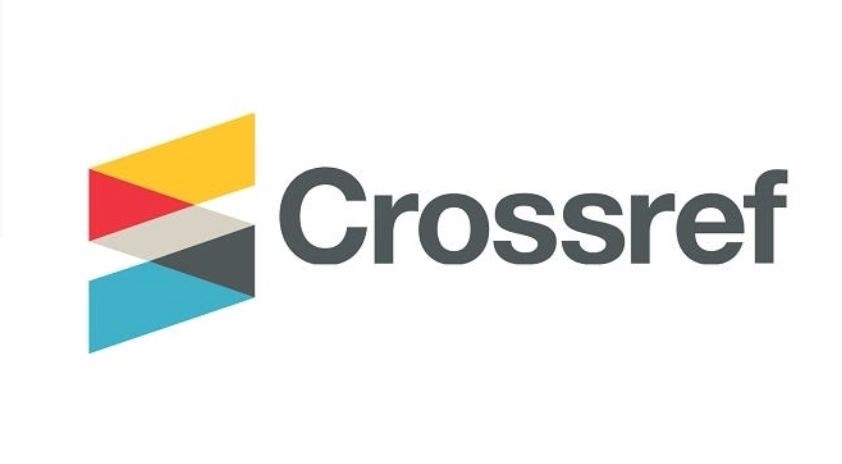Assessment of Psychological Adjustment among Preparatory School Students
DOI:
https://doi.org/10.58897/injns.v35i1.503Keywords:
psychological adjustment, psychological adjustment, preparatory school studentsAbstract
Objectives: To assess the psychological adjustment of middle school students and to identify the relationship between differences in demographic characteristics and psychological adjustment.
Methodology: A descriptive correlation design was used. The study utilized a simple random sample to select (381) students using self-report to select students who will be recruited into the study for the period from November 26th, 2021 to April 1st, 2022. A scale approved in the study consisting of 40 items was chosen. It measures four trends which are personal, social, familial, and emotional adjustment. The data were analyzed by applying the descriptive statistical data analysis method and inferential statistical data analysis.
Results: More than half of the participants (52%) had a moderate psychological adjustment, 44% had a good psychological adjustment, and 4% had a poor psychological adjustment. The sociodemographic characteristics (age, parental education level, socioeconomic status) effect on psychological adjustment.
Conclusions: The secondary and preparatory school student have a moderate psychological adjustment in general. Most students suffer from emotional maladjustment and found an effect of the demographic characteristics (age, parental education level, social and economic status) on the psychological adjustment of secondary and preparatory school students.
Recommendations: The current study recommended focusing on activating the role of family counseling to raise public awareness about psychological adjustment and activate the role of psychotherapists in schools.















